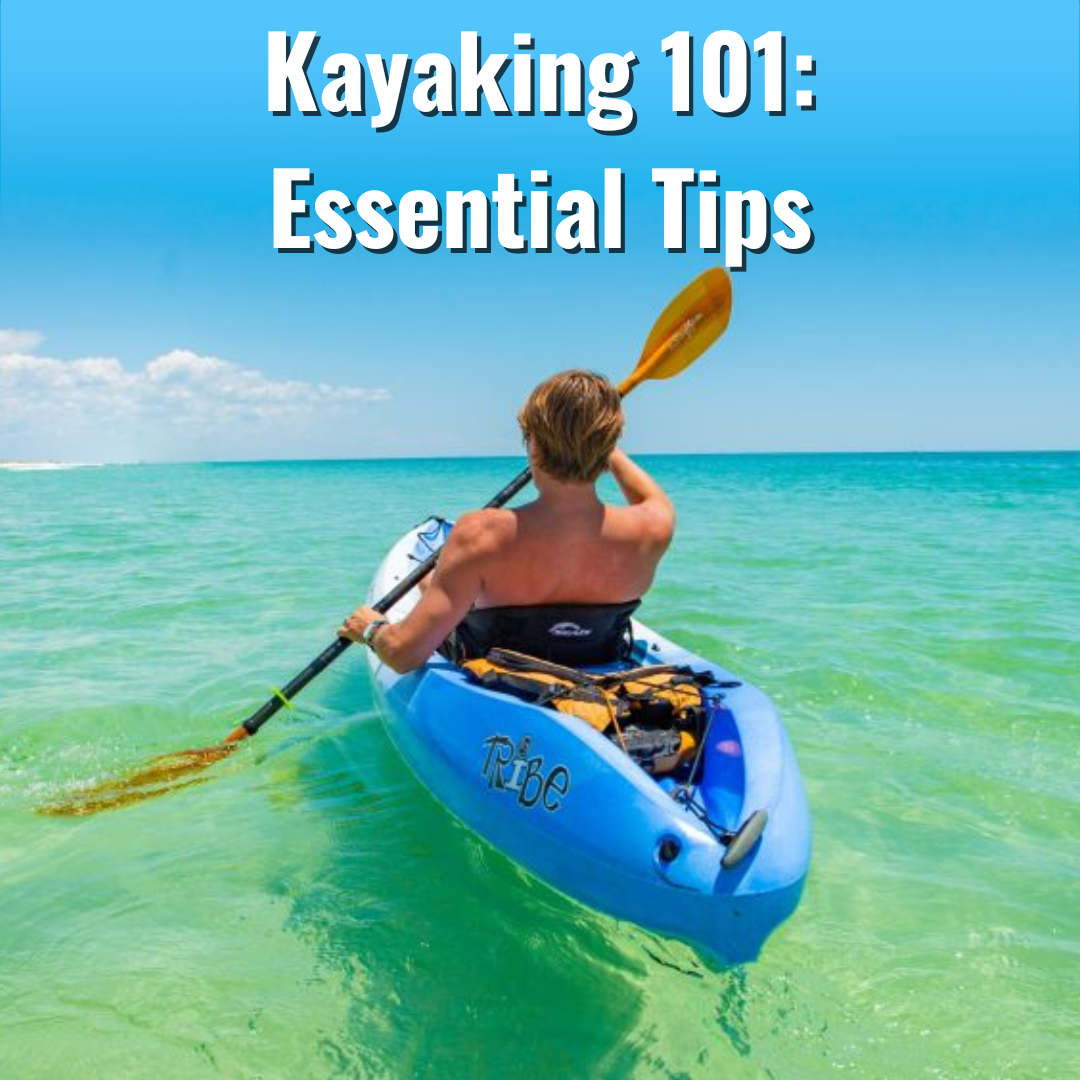
Kayaking 101: Essential Tips
Kayaking offers a unique blend of adventure, relaxation, and connection with nature. Whether you're gliding across calm waters, exploring rugged coastlines, or navigating gentle rivers, kayaking provides an unparalleled perspective of the world around you. If you're new to this exhilarating water sport, or if you're considering trying it out for the first time, this guide will walk you through the basics of kayaking and why it's an experience worth pursuing.
Why Go Kayaking?
Kayaking isn't just about paddling on water—it's about immersing yourself in nature and experiencing the world from a different angle. Here are some reasons why kayaking is so captivating:
Connection with Nature: Explore remote waterways, observe wildlife up close, and experience the tranquility of being on the water.
Physical Fitness: Kayaking provides a full-body workout, improving cardiovascular health, strength, and endurance.
Accessible Adventure: Whether you're a beginner or an experienced paddler, there are kayaking opportunities for all skill levels, from serene lakes to challenging whitewater rapids.
Stress Relief: The rhythmic motion of paddling combined with the peaceful surroundings can be incredibly calming and meditative.
Choosing the Right Kayak
Types of Kayaks: There are different types of kayaks suited for various environments:
Recreational Kayaks: Stable and easy to maneuver, ideal for calm lakes and slow-moving rivers.
Touring Kayaks: Longer and narrower, designed for covering longer distances on open water.
Whitewater Kayaks: Shorter and more maneuverable, built for navigating fast-moving rivers and rapids.
Sit-In vs. Sit-On-Top: Decide whether you prefer the enclosed cockpit of a sit-in kayak, which provides more protection from the elements and is suitable for colder water, or the open design of a sit-on-top kayak, which is easier to get in and out of and ideal for warm climates.
Essential Gear
Paddle: Choose a paddle that matches your height and paddling style. Lightweight paddles made from materials like fiberglass or carbon fiber are easier to use for extended periods.
Personal Flotation Device (PFD): A properly fitted PFD is essential for safety and required by law in many places. Ensure it is Coast Guard-approved and comfortable to wear.
Appropriate Clothing: Wear moisture-wicking clothing that provides sun protection and is suitable for the water temperature. Consider a wetsuit or dry suit for colder conditions.
Safety Equipment: Carry a whistle or signaling device, a bilge pump or sponge for bailing water, and a waterproof first aid kit.
Safety Tips
Check Weather Conditions: Avoid kayaking in severe weather, high winds, or rough seas.
Stay Hydrated: Bring plenty of water and stay hydrated, especially on longer paddling trips.
Inform Others: Let someone know your planned route and expected return time, especially if kayaking alone.
Practice Self-Rescue: Learn how to re-enter your kayak from the water and perform basic rescue techniques.
Conclusion
Kayaking offers an escape from the hustle and bustle of everyday life, allowing you to reconnect with nature and discover hidden gems along the water. Whether you're seeking adventure, relaxation, or simply a new way to stay active, kayaking provides an accessible and rewarding experience for everyone. So grab a paddle, immerse yourself in the serenity of the water, and embark on your own kayaking journey—it's an experience you won't soon forget.
- Choosing a selection results in a full page refresh.
!

